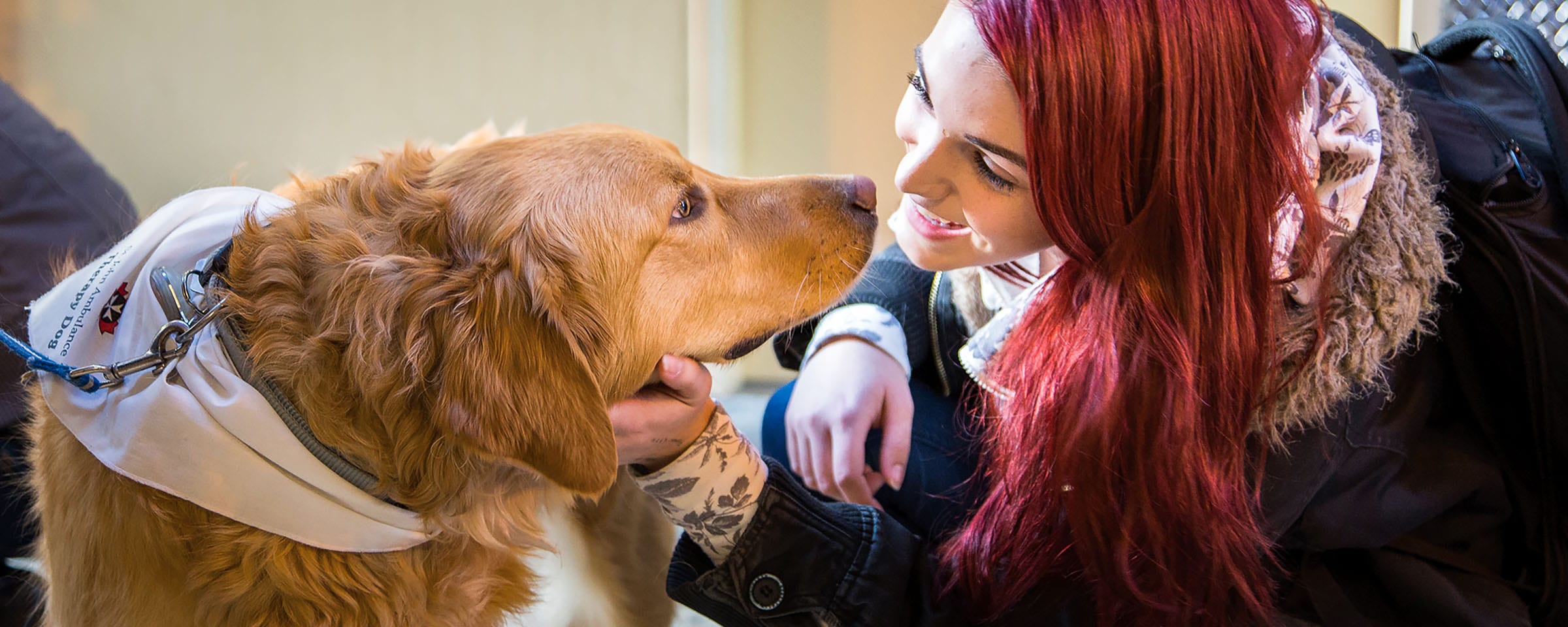Good Health at RRC-Second in our series
Physical activity improves health and wellbeing. According to Health Canada it can reduce stress, strengthen the heart and lungs, increase energy levels, as well as help you achieve and maintain a healthy body weight. The Public Health Agency of Canada recommends that individuals get at least two and a half hours of exercise a week, keeping an emphasis on getting moderate to vigorous physical activity broken down into sessions of ten minutes or more. As students we know the challenges of incorporating exercise into a busy schedule. Between the classes, studying, travel time, work, families and other commitments it often seems like there is not enough hours in the day. The idea of healthy living often falls to the wayside. According to a study done by McMaster University, regular exercise tends to steeply decline among youth as they move to university or college. Researchers found a 24% decrease in the 12 years from adolescence to early adulthood, with the steepest decline occurring during the transition to higher education. That is not good for young adults who need all their energy for school and home life!
Keeping physically active is key to a healthy lifestyle but remember it is best to check with your doctor before starting a new routine. If you have any chronic illness such as diabetes, asthma or heart disease it is important to consult a physician before starting. We have found some tips on how to incorporate exercise into your daily life, all of which we have tried and found have worked for us.
- When waiting for a bus, a ride to work or to start school every morning, try exercising.
- It gets your blood flowing and makes you feel more awake. Simple exercises such as calf raises are easy.
- If you want to increase the intensity of your workouts you can try doing squats or lunges. Check out the American Council on Exercise for detailed instruction on how to do these properly.
- Take more trips.
- If you have to bring the two garbage cans to the road make two trips to the curb instead of carrying both cans at the same time.
- You can park farther away from the store, which will result in more walking to and fro.
- Use apps to help you workout. Yes there is an app for that!
- Apps by Runtastic help you stick to a workout routine and they’re
 FREE. Some keep track of how many sit-ups or squats you do while another can track how far you’ve run and how many calories you’ve burned.
FREE. Some keep track of how many sit-ups or squats you do while another can track how far you’ve run and how many calories you’ve burned. - If you can’t find time to fit a workout in, track your daily activity is by using the Runtastic pedometer. This app tracks how many steps you walked as well as how many calories you’ve burned in a day.
- Apps by Runtastic help you stick to a workout routine and they’re
- When you’re watching television, get up and move during a commercial break.
- During a commercial break get up and do 20 jumping jacks, sit-ups or lunges.
- By doing so you are getting on average 15 minutes of exercise when watching an hour-long television show.
- Sneak in workout.
- If you have an hour lunch break take the first 30 minutes to eat and the next 30 minutes to walk around campus or do three flights of stairs. This will boost your energy for the rest of the day.
- Utilize various resources within the RRC community. To learn about various facilities on both the Notre Dame and Exchange district campuses visit here. RRC Athletics and Recreation Services offers a variety of fitness classes, personal training and fitness assessments. For more information on any of these programs call (204)-632-3030.
- Acknowledge that you are awesome for exercising!
- Any sort of exercise, regardless of the intensity or duration, benefits your heart, muscles, mind, and overall healthfulness. Anything you can squeeze into your day is great. Aim to never leave a workout thinking anything other than, “I’m super proud of myself for what I did right there—I’m the best”
Stay tuned next week, as we will be discussing the importance of sleep and giving tips on how you can feel more energized throughout the day. We appreciate any feedback or comments about what we have discussed or what you would like us to talk about.
Health Services EDC Practicum Nursing Students Alexis and Candice









